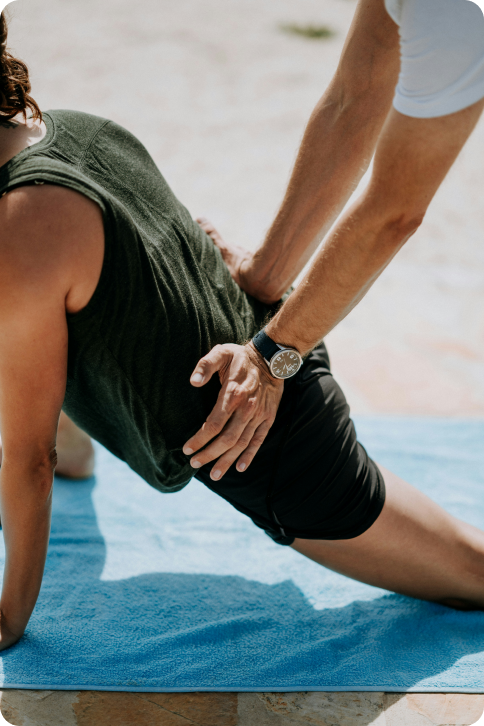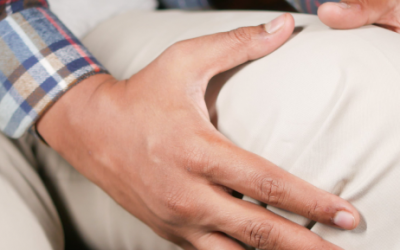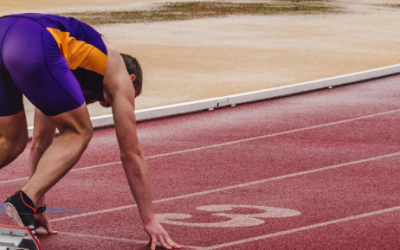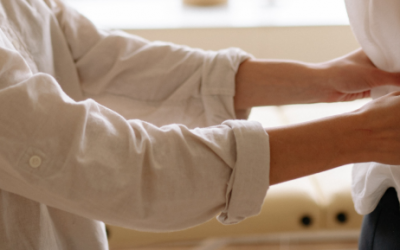What is it?
Disc herniation or slipped disc is a common condition that frequently affects the spine in young and middle-aged patients. To help you understand this condition we need to explain some basic anatomy of the spine. Between spinal vertebras, we have an intervertebral disc which acts as cushions to dissipate forces traveling through the spine and also provide some extra stability for the spine. These discs consist of two structures an outer layer ring call annulus fibrosus and an inner layer jelly-like structure the nucleus polposus.
As part of the normal aging process, the disc can dehydrate and lose some of its properties. This increases the strain on the fibres of the annulus fibrosus surrounding the disc thus the outer ring may bulge, crack, or tear. This extra stress can initiate herniation which means that the inner structure the nucleus polposus pushes its way to the exterior if enough force is placed in the disc. A similar injury may happen if a big force is placed on a healthy, normal disc.
“Herniated or slipped disc is referred when one of the soft, gel-filled discs between the vertebrae of the spine bulges or ruptures, compressing and/or irritating the nearby nerves.”

What are the symptoms of a disc herniation?
A herniated disc can irritate nearby nerves and result in pain, numbness, tingling or weakness. Note that not all people with disc herniation experience symptoms. Most people who have a herniated disc recover well without surgery.
“Not all people with disc herniation experience symptoms.”
Majority of herniated disks occur in the low back but it can also happen in the neck.
Some of the most common symptoms include:
- Buttock, leg or arm pain – most of the people with a lumbar herniated disc report intense buttock, leg, calf or foot pain depending on which nerves are affected. Neck disc herniation often is felt in the shoulder and arm.
- Lower back or Neck pain – usually back or neck pain is not dominant in people with a herniated disc.
- Numbness or tingling – It is possible that you may experience a similar type of symptoms in the areas that are supplied by the affected spinal nerves.
- Weakness – the muscles supplied by the affect nerve roots are often affected. This may affect your walking or ability to hold or lift things.
“Contact 999 if you have loss of control of both leg and feet; numbness or tingling in the genitals or around or you suddenly can’t pee or control when you pee or poo. This may indicate a more serious problem.”
What can you do?
- Stay as active as you can tolerate
- Avoid bed rest
- Avoid activities that aggravate your symptoms
- Speak to your pharmacist about pain medications
- Contact your local osteopath to assess your symptoms.
How we can help: Explain – Treat – Advice – Return to daily activities.
We can explain and advise on your condition and how to actively manage your symptoms. We believe that educating our patients is a fundamental step towards their own recovery. It also helps to take away any unnecessary stress and anxiety caused by their condition.
We offer an all-rounded tailored treatment to help reduce your pain levels and facilitate your recovery.
We will provide you with therapeutic exercises and guide you throughout your recovery process to start returning back to normal daily activities as soon as possible.
We believe that prevention is always a better option than cure! Thus we help you create personal prevention strategies to avoid a similar situation in the future.
We take a patient-center approach where we will refer you for scans, other tests or to an appropriate consultant if your condition requires further investigation.
How can you prevent slipped discs?
- Practicing correct posture when standing, walking and sitting – many back injuries are caused by improper posture.
- Avoid smoking – as it is linked with back pain.
- Practice safe lifting techniques – many back related injuries are caused by improper lifting techniques. Use your legs and don’t lift and twist. Always ask for help for heavy objects.
- Maintain a healthy weight – additional weight adds extra stress to the spine.
- Being physically active – having a string core muscles helps to support the spine.
See also:
- Exercises for back pain
- Sciatica What is it?
- 3 Steps to deal with back pain
- Scoliosis – What you need to know
Sources:
Treatment of lumbar disc herniation: Evidence-based practice (2010). Int J Gen Med. 2010; 3: 209–214. Andrew J Schoenfeld and Bradley K Weiner
https://www.nhs.uk/conditions/slipped-disc/



